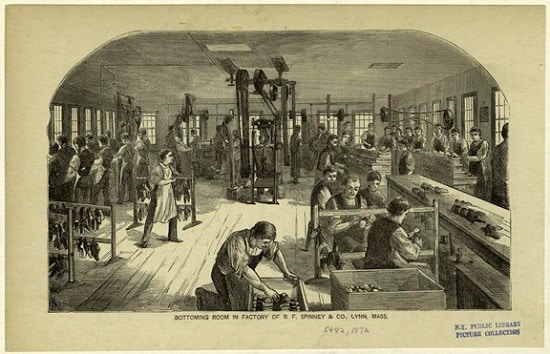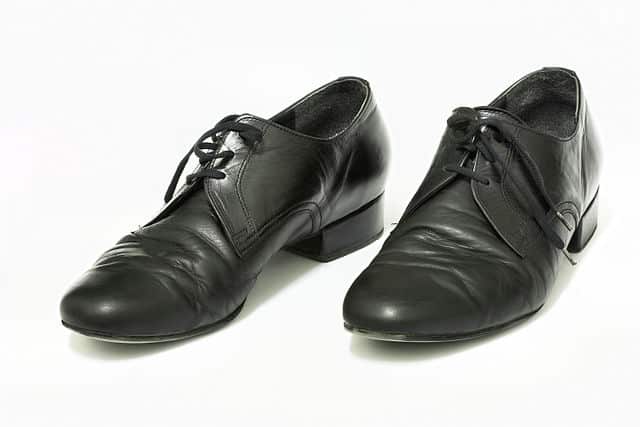Insoles: How does sole fit work?
Insoles: How does sole fit work?
Insoles aim to normalize function in the foot and ankle, which can consistently provide improved function in the knee, hips and pelvis. Sole fitting can be a useful supplement for those who struggle with regular ailments in the arch, ankle, leg (eg. bone irritation / shin splints or tibialis myalgia) And insoles can also provide a more correct load further up in the biomechanical system.
It is a conservative treatment method that can provide both symptom relief and functional improvement.
What are insoles / sole fit?
Insoles are customized soles that are customized based on your foot position or function. Overpronation or flatfoot (pes planus) are typical malfunctions where soles are often used to provide a more correct distribution of load, as well as provide more proper use of the muscles.
Sole alignment should always be combined with home exercises. You will find good exercises to strengthen your arch here - otherwise we recommend the following exercises for increased muscular activation of the tibialis posterior:
1) Closed chain resist foot adduction
2) Unilateral toe lift
3) Open chain facing foot supination
- Kulig et al (2004) found through research that The best exercise to activate the posterior tibialis is foot adduction with resistance (for example, knitwear). The researchers used MRI imaging to see which exercise gave the best activation.
Not all shoes are equally 'kind' to the feet. Sometimes it is better to choose some shoes with better cushioning.
Sole fitting is often a supplement to other treatments (eg. physiotherapy, chiropractic or manual therapy) where one sees that insoles can help to provide a long-term improvement and possibly also help to prevent a recurring problem.
DIVING - Also read: 10 best-selling orthopedic insoles
How does sole adjustment take place?
Normally you will refer to orthopedic sole fitting from your referral practitioner, this right holds the chiropractor, physician and manual therapist. An orthopedist will then call you in and carry out an assessment of which type of insole can give you the best possible effect. The orthopedist will then print the soles for you so that you can pick them up within a few weeks. There are also manual therapists and chiropractors who make this assessment themselves and who have furthered their education in sole adaptation.
Based on the pain and the condition you want to treat, it can take time before you notice a difference. Among other things, it can have an effect on incorrect use of muscles and thus lead to smaller muscle knots / painful trigger points.
- What is a trigger point?
A trigger point, or muscle node, occurs when muscle fibers have departed from their normal orientation and regularly contract into a more knot-like formation. You may think of it as if you have several strands lying in a row next to each other, nicely assorted, but when placed crosswise you are closer to a visual image of a muscle knot. This may be due to a sudden overload, but most normally it is due to gradual failure over an extended period of time. A muscle becomes painful, or symptomatic, when the dysfunction becomes so severe that it becomes pain. In other words, it's time to do something about it.
Also read: - Muscle pain? This is why!
Also read: Ginger for muscle pain?
Also read: What is cupping / vacuum treatment?
Also read: Infrared light therapy - can it help me fight my pain?
Sources:
Cool K1, Burnfield JM, Requejo SM, Sperry M, Terk M. Selective activation of posterior tibialis: evaluation by magnetic resonance imaging. With Sci Sports Exerc. 2004 May;36(5):862-7.




